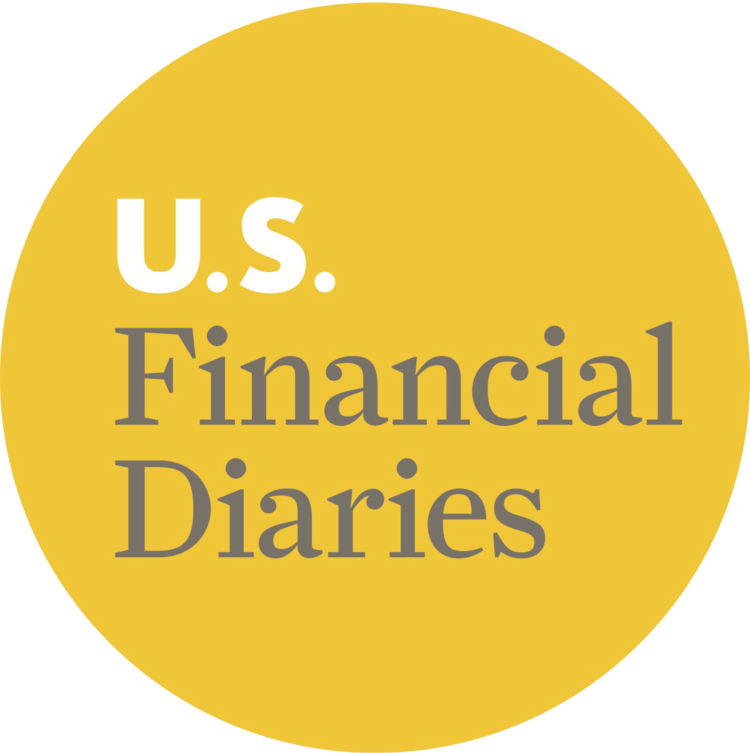Photo Credit: Northwest Queens Financial Education Network
Last week a coalition of NYC-based nonprofits released a report on the financial status of immigrants in Queens. It’s part of a growing body of research drawing attention to how financial service providers can meet the distinct needs of America’s massive immigrant market. Just last summer the Center for Financial Services Innovation published a national, in-depth analysis of immigrants’ financial needs and recommendations for addressing them.
The new, Queens-specific report draws related conclusions about immigrants in this particular borough. Its key findings include:
- Many immigrants in the study were regularly saving money.
- Lots of respondents had bank accounts or had had them recently. However, they weren't necessarily using their accounts or had let them close due to excessive fees or negative balances.
- The main obstacles to opening banks accounts, as reported by respondents: language barriers and too many fees.
- Spanish-speaking immigrants were less likely to have a bank account than those who spoke other foreign languages (Nepali, Tibetan, and Bangla), despite the fact that more financial services are available in Spanish than in these other languages. Authors suggest that the difference could be the result of low trust, literacy, or education levels in Spanish-speaking demographics, though they don’t offer any concrete explanation.
- Community based organizations are important for bringing financial empowerment and access to immigrant communities due to the trust and cultural/linguistic competency they share with their clients.
The report’s sample bears a striking resemblance to certain households interviewed for the U.S. Financial Diaries project. USFD tracked the financial lives of 55 Queens-based South Asian and Hispanic families, in addition to 189 households in a range of other demographic groups across the country, to understand how low- and middle-income Americans make ends meet. Check out USFD’s profiles of the Hossain family and Mateo and Lucia for a zoomed-in look at the types of families described by both CFSI’s analysis and the new Queens-based report.
This post was written by Julie Siwicki of the Financial Access Initiative. The views expressed therein are those of the author, and not necessarily of the USFD project or its funders.



